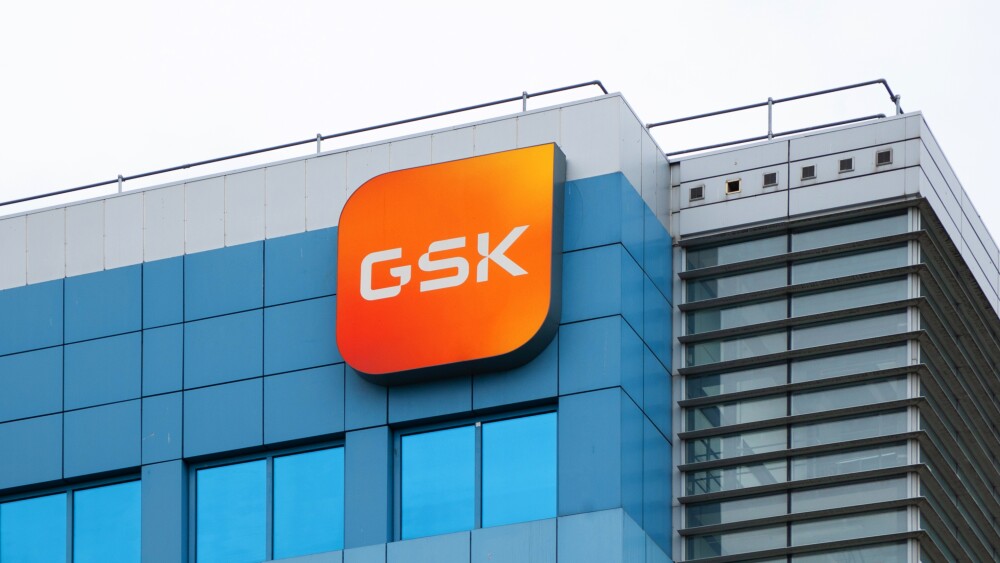While cancelled NIH grants and regulatory uncertainty are less hospitable to clinical research in the U.S., Europe must play its cards right to attract more studies.
Europe’s involvement in global clinical trials has steadily diminished over the last decade. Now, with seismic shifts in research funding and the regulatory environment in the U.S.—long the world’s leader in clinical trials—Europe could see its fortunes change.
As executive vice president of Europe at Velocity, one of the largest clinical trials networks in the world, I have an up-close view of the continent’s relative advantages and drawbacks. Founded in the U.S., Velocity has since expanded to Europe and the U.K. Now, political shifts within the U.S. present an opportunity for Europe to attract a sizable chunk of U.S life science expertise and investment. But its success is by no means assured; to capitalize on this moment and assume clinical trial leadership, Europe must play its cards right.
Europe’s Dwindling Appeal
The proportion of pharma-sponsored trials conducted within the European Economic Area (EEA) dwindled from 22% in 2013 to just 12% in 2023, even as the global clinical trials market expanded by 38% during that time. This contraction has reduced clinical trial placements within the EEA by an estimated 20,000 and cost around 60,000 European patients the opportunity to access novel therapies.
Regulatory fragmentation, lengthy ethics reviews and miles of red tape are to blame for Europe’s relative unpopularity as a destination for clinical trials. My team and I have heard anecdotally that contract research organizations and sponsors have actively avoided the EEA because of the administrative burden associated with it—at least until this year.
When it comes to clinical research, the U.S. is the dominant global player. The European Federation for Pharmaceutical Industries and Associations (EFPIA) states that the U.S. leads Europe on every key investor criterion, from speed of approval to capital availability. As of 2020, clinical trials in the U.S. took on average 155 days to proceed from trial application to first patient dose —71 days quicker than in Germany, nearly 100 days faster than in the U.K., and 111 days quicker than in France.
But other competitors are emerging. Nearly one in five (18%) commercial trials are now conducted in China, which offers a more favourable regulatory environment and greater funding for Phase I trials. The per-patient trial cost is also less than in the U.S., and, in contrast to other markets, the cost of trials in China is holding steady, making it an increasingly attractive market.
The U.S.’s Loss Could be Others’ Gain
But this has never been a one-horse race, and growing uncertainty in the U.S. could present an opportunity for other regions to attract a greater share of global clinical trials.
Since the presidential inauguration on January 20, the Trump administration has issued a cacophony of executive orders and policy directives with wide-reaching implications for healthcare research. The Department of Health and Human Services has faced major spending cuts and a restructure that will see it lose 10,000 staff. The National Institutes of Health, which falls under HHS, has been subject to restrictions that include severe cutbacks, the cancellation of 300 vaccine-related grants, and a looming threat to other critical areas, such as mRNA vaccine research.
The FDA is down 3,500 staff, with industry leaders warning this will have a significant, lasting impact on delivery timelines. Reports suggest some biotechs are already considering Europe as a stable alternative.
Europe’s Policy Push
Meanwhile, Europe hasn’t been sitting on its hands watching clinical trials migrate to other regions. Both Brussels and national governments have made concerted efforts to increase the attractiveness of countries within the EEA to sponsors and big pharma.
The EU’s Clinical Trials Regulation (CTR) came into effect at the start of 2022 to streamline clinical trial assessment and oversight. Germany’s National Pharma Strategy seeks to accelerate clinical research by simplifying agreements, offering manufacturing incentives, driving digital transformation and reforming pricing strategies. France has committed €500 million under its Healthcare Innovation Plan 2030, aiming to simplify clinical trials and accelerate the drug commercialization processes. Meanwhile, the U.K. last summer pledged £400 million to establish 18–20 Clinical Research Delivery Centers in underserved regions. More recently, the U.K. government hinted at policy reforms to cut clinical trial setup timelines from 250 to 150 days—perhaps a response to big pharma labeling the country ‘uninvestable’ a few weeks earlier.
But Spain’s strategy has been the most effective. Generous tax incentives, simplified regulatory approval processes, and competitive research costs have attracted big names, among them AstraZeneca, Novartis and Roche. AstraZeneca has pledged $1.3 billion to its R&D center in Barcelona—the location of its Spanish innovation hub—through 2027, citing “strong public-private collaboration” as a key motivator for this commitment.
Meanwhile, the U.S. government’s attempts to restrict funding to scientific research have already prompted E.U. leaders to suggest a ‘Union of Skills Initiative’ that would create a framework to support the immigration of U.S researchers. Universities across the bloc are also introducing funding and opening up postdoctoral positions for American researchers.
Tariffs: A Wrench in the Works for European Clinical Trial Leadership?
The question of whether these reforms can make Europe a competitive hub for global clinical trials remains open-ended. While Trump’s volatility is a tick in the box for E.U. trials, his tariffs are not.
Although pharmaceuticals were exempted in the White House’s ‘Liberation Day’ tariff rollout, the president has previously floated the idea of 25% pharma levies and launched an investigation aimed at justifying them. Such tariffs would make non-U.S.-developed drugs more expensive and less competitive in the American market—unless manufacturers relocate production to the U.S., which could sidestep the cost but not the complexity.
Coupled with renewed interest in most favoured nation pricing, which could cap reimbursement for U.S. drugs at the lowest price paid abroad, these moves risk chilling global R&D appetite. This week’s proposed NIH discretionary funding cuts further muddy the waters by signaling uncertainty on domestic research funding at a time when consistency is badly needed.
A survey of CEOs from research-based pharmaceutical companies, conducted by trade group EFPIA in March, indicated that around €16.5 billion worth of investments within the EU might be vulnerable within the next quarter if tariffs are levied against the sector.
More recently, EFPIA members explicitly warned European Commission President Ursula von der Leyen that without decisive and swift policy action, pharmaceutical research, innovation and manufacturing are at serious risk of permanently shifting to the U.S.
An Uphill Struggle
The EEA—and the U.K. by extension—are at something of a crossroads. Turbulent U.S. policy and a politically charged clinical trial sector could make pharmaceutical companies and sponsors think twice before placing trials there. However, with a full-blown trade war on the doorstep and potential pharmaceutical tariffs looming, the E.U. has an uphill struggle to prove to investors, pharma and other sponsors that long-term stability beats a capricious policy environment, unpredictable funding and restrictions on innovation.
For Europe to challenge the U.S. and justify the penalty for non-U.S.-manufactured drugs that the tariffs could introduce, it must prove itself a dependable and committed champion of clinical research. That means urgent reforms to cut red tape, speed up drug approvals and minimize costs. It’s no small undertaking, but many countries within the bloc have already started on that journey and, with the U.S. increasingly seeking to isolate itself, this could be the moment for the EU clinical trials sector to step up to the plate and knock it out of the park.






